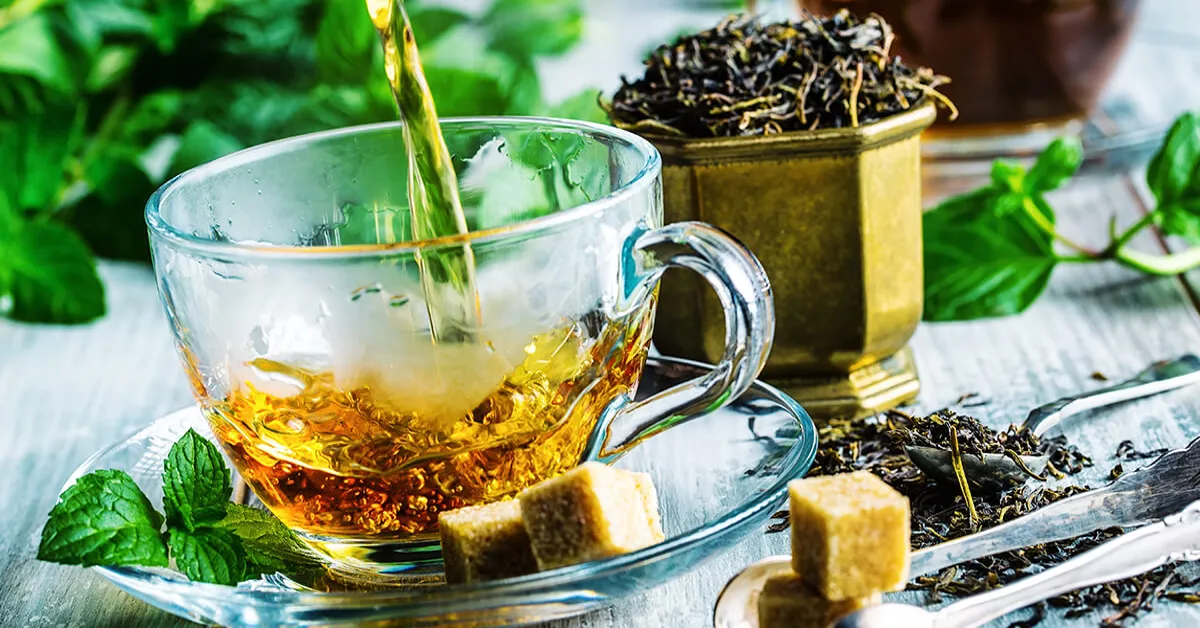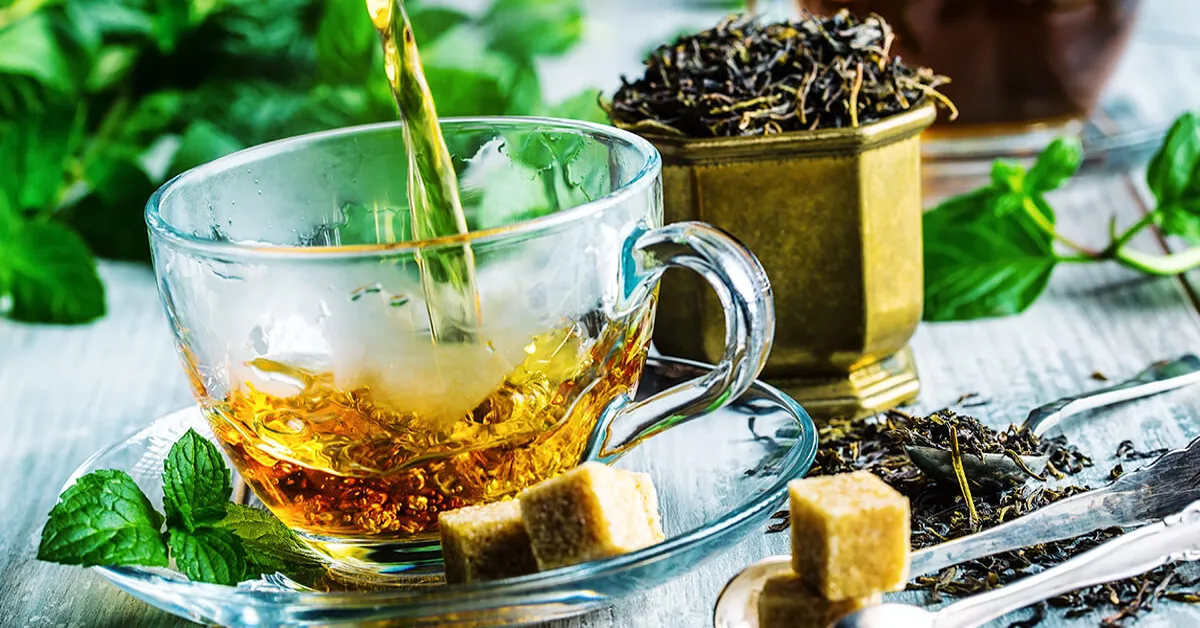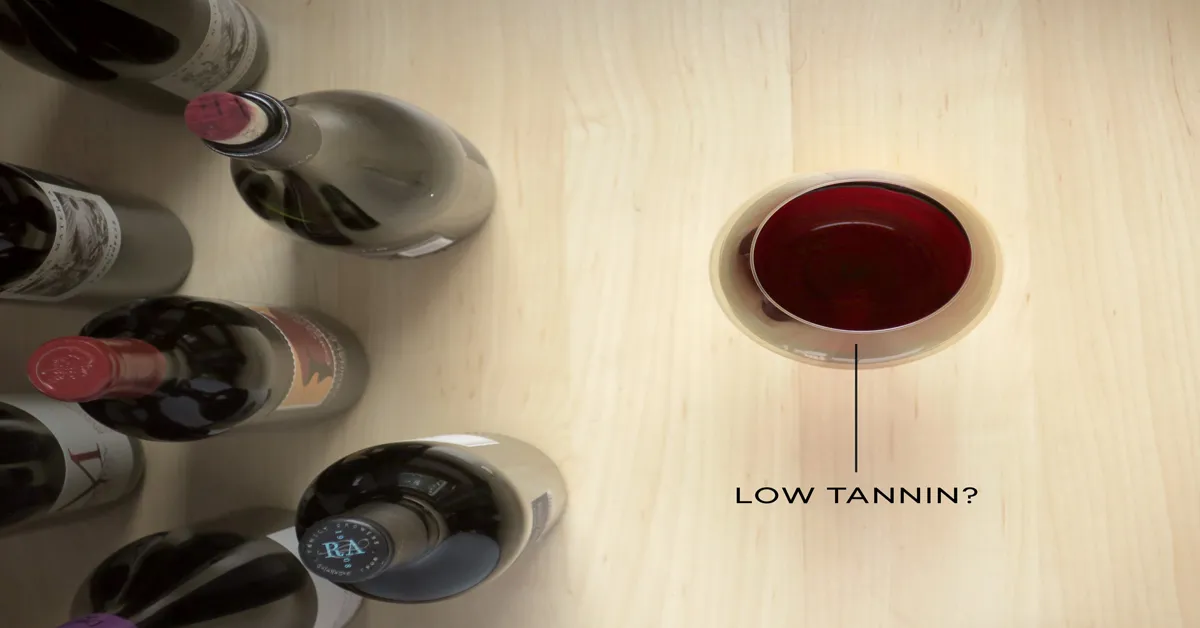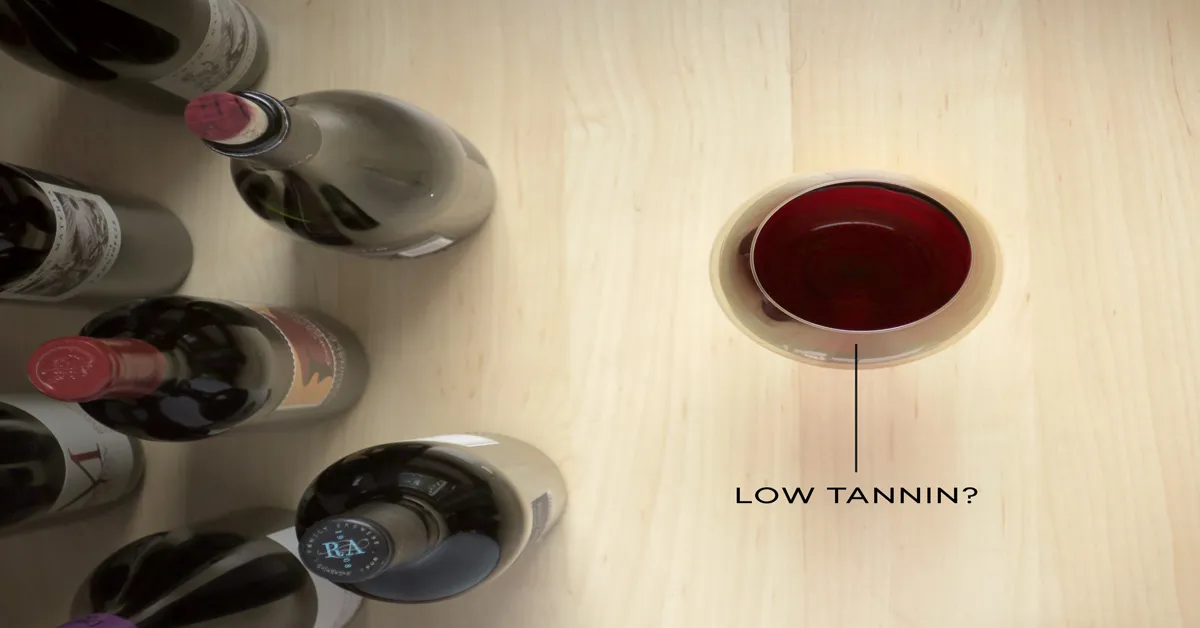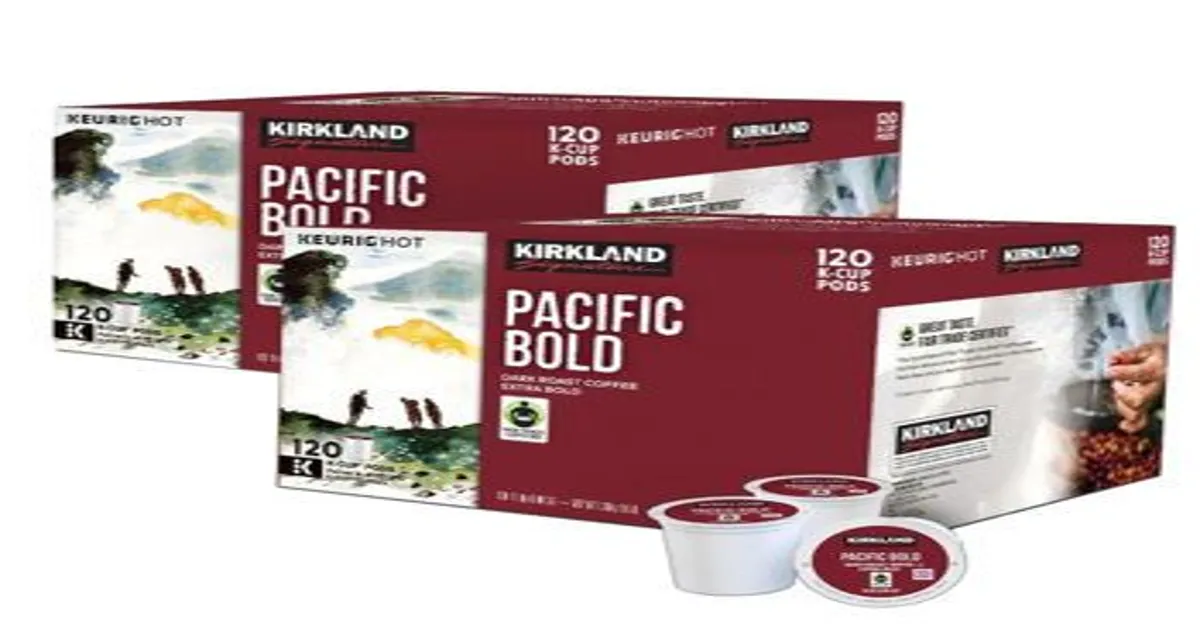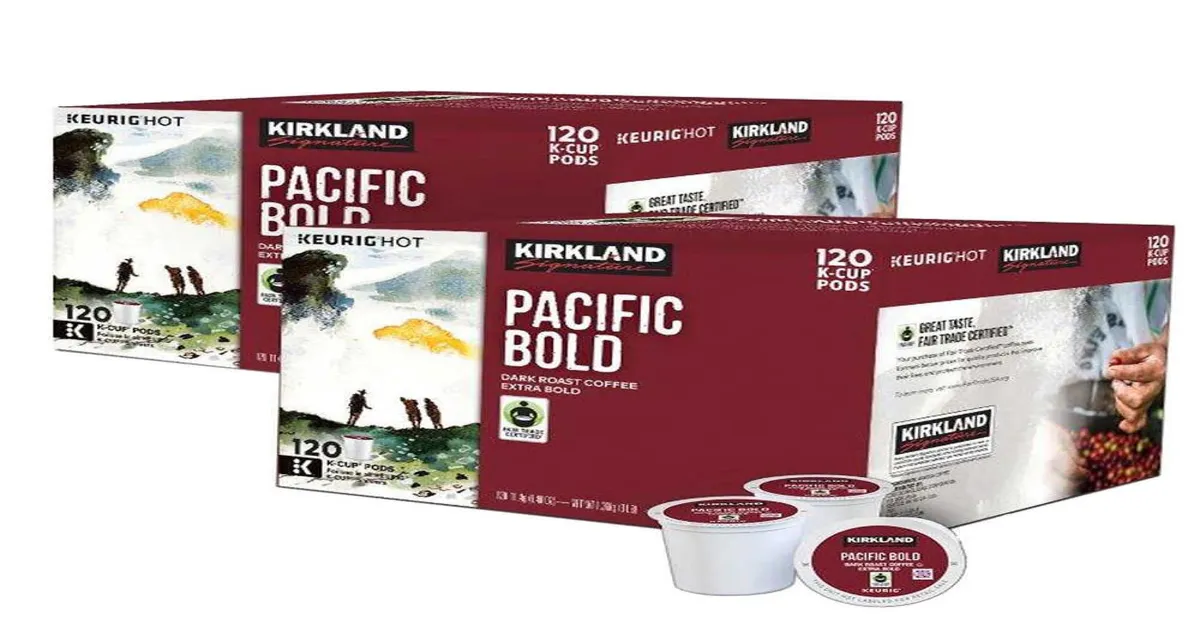Exploring the winding roads of Colombia’s high-altitude coffee farms, the scent of fresh coffee cherries fills the air, intertwining with the crisp, cool breeze. Here, nestled in the heart of South America, some of the world’s most sought-after beans are grown. Their secret? The perfect balance of **Colombian coffee acidity**.
This well-rounded acidity not only provides a bright and lively cup but also gives Colombian coffee its unmistakable charm. Delve deeper into the tantalizing world of Colombian coffee, where we unravel the science behind its acidity and reveal why it’s the preferred choice of coffee connoisseurs worldwide.
Statistical Information: Colombian coffee acidity
| Category | Statistic | Description |
|---|---|---|
| Acidity Levels | Medium-High | Colombian coffee is renowned for its medium to high acidity, making it vibrant and full of flavor. |
| Acidic Fruits Percentage | 30% | Around 30% of Colombian coffee’s acidity can be attributed to its fruity undertones, which often resemble citrus or red fruits. |
| Effect on Stomach | Lesser | Despite its acidity, Colombian coffee tends to have a lesser impact on the stomach compared to other high-acid coffees. |
| Effect on Taste | Enhances | The acidity in Colombian coffee enhances its taste, making it a favorite amongst coffee connoisseurs worldwide. |
| Acidity Control | Soil & Altitude | The acidity of Colombian coffee is largely controlled by the soil and altitude at which it is grown. |
Unveiling the Acidity in Colombian Coffee
Unraveling the Mystery of Colombian Coffee Acidity. The acidity level of coffee is a key attribute that distinguishes its flavor profile. In the case of Colombian coffee acidity it’s often described as bright and sparkling. Acidity is not about the pH level but rather refers to the vivid taste that stimulates the palate.
Colombian coffee, renowned globally for its outstanding quality, possesses a high acidity level. This attribute is due to Colombia’s high-altitude coffee plantations, volcanic soil, and ideal coffee-growing climate. This high acidity level gives Colombian coffee a crisp, tangy taste and a unique, vibrant flavor that sets it apart from other coffee varieties.
Colombian coffee acidity is a delightful feature, not a flaw. It’s a sign of the coffee’s freshness and quality, providing a pleasant, refreshing aftertaste. The acidity level in Colombian coffee brings complexity and depth to its flavor, making each sip a captivating experience. So, the next time you enjoy a cup of Colombian coffee, savor the bright acidity that makes it truly special.

The Science behind Coffee Acidity
Understanding Colombian Coffee Acidity: Colombian coffee is renowned globally for its distinctive flavor profile, characterized by a fine blend of rich taste, strong aroma, and balanced acidity. The acidity in Colombian coffee is a crucial factor, contributing significantly to its resonant taste. It’s not about the ‘sour’ or ‘bitter’ connotations associated with acidity but rather a lively brightness that enhances the coffee’s overall flavor.
This acidity, often described as wine-like or fruit-like, is the result of Colombia’s optimal coffee-growing conditions, including high altitude, volcanic soil, and a perfect balance of rain and sun. So, if you’re a coffee aficionado, the acidity in Colombian coffee is likely to be a delightful surprise, elevating your coffee experience to new heights.
The Taste of Acidity in Colombian Coffee
Understanding Colombian Coffee Acidity: In the world of coffee, Colombian beans are renowned for their vibrant and distinctive taste. One characteristic that sets them apart is their acidity. Contrary to what you might think, acidity in coffee isn’t a negative attribute.
It refers to the bright, tangy, fruity, or wine-like flavors that give coffee its unique personality. Colombian coffee acidity is typically mild, making it a well-balanced brew. These beans often possess a citric acidity, reminiscent of limes or lemons, which contributes to their refreshing and lively flavor profile.
This acidity is a result of the high altitudes and rich volcanic soils in which Colombian coffee is usually grown. So next time you take a sip of your Colombian brew, savor its subtle acidity and appreciate the complexity it adds to your coffee experience.
Brewing Techniques to Modify Coffee Acidity
Unmasking the Acidity of Colombian Coffee: When it comes to Colombian coffee acidity, it is a distinct feature that sets it apart from other coffee types. This acidity is not a reference to the pH level but rather a term used in coffee tasting to describe the bright and fruity notes that can be detected in a coffee’s flavor profile. Colombian coffee is renowned for its high acidity, which contributes to its complex flavor and aroma.
This high level of acidity is primarily due to the country’s ideal coffee-growing conditions, featuring high altitude, volcanic soil, and a perfect balance of rainfall and sunlight. As a result, Colombian coffee beans develop a bright, vibrant acidity that is often described as wine-like or citrusy, making each sip a captivating experience for the palate. However, this does not mean that the coffee is sour or astringent.

Statistical Information: Colombian coffee acidity
| Category | Statistic | Description |
|---|---|---|
| Acidity Levels | Medium-High | Colombian coffee is renowned for its medium to high acidity, making it vibrant and full of flavor. |
| Acidic Fruits Percentage | 30% | Around 30% of Colombian coffee’s acidity can be attributed to its fruity undertones, which often resemble citrus or red fruits. |
| Effect on Stomach | Lesser | Despite its acidity, Colombian coffee tends to have a lesser impact on the stomach compared to other high-acid coffees. |
| Effect on Taste | Enhances | The acidity in Colombian coffee enhances its taste, making it a favorite amongst coffee connoisseurs worldwide. |
| Acidity Control | Soil & Altitude | The acidity of Colombian coffee is largely controlled by the soil and altitude at which it is grown. |
Important Notice for readers
This article delves into the unique characteristics of *Colombian coffee*, particularly focusing on its *acidity levels*. It’s crucial to understand that the term ‘acidity’ in coffee doesn’t refer to its PH level but rather its flavor profile. Colombian coffee is known for its bright, wine-like acidity, which is a desirable quality among coffee enthusiasts.
This piece will enlighten you about how growing conditions, processing methods, and varietals influence the acidity in Colombian coffee, providing a comprehensive understanding of why it’s globally cherished.
Frequently Asked Questions [FAQs]
What does the acidity level in Colombian coffee add to its taste profile?
The acidity level in Colombian coffee is one of the key factors that contributes to its distinctive taste. It gives the coffee a certain brightness and vividness that balances out the rich, deep flavors. This acidity is often described as fruity or wine-like, adding a complexity that makes Colombian coffee so sought after.
How does the acidity of Colombian coffee compare to other coffee types?
Colombian coffee tends to have a medium to high acidity level, which is often perceived as a vibrant, fruity note. This can be contrasted with some other coffee types, like Brazilian coffee, which typically has a lower acidity and a nuttier flavor profile.
Does the high altitude of Colombian coffee plantations impact the acidity of the coffee?
Yes, the high altitude at which Colombian coffee is grown plays a significant role in its acidity. The cooler temperatures at high altitudes slow the growth of the coffee cherries, allowing more time for the complex acids to develop. This results in a coffee with a higher acidity level and a full, rich flavor.
How does the processing method affect the acidity of Colombian coffee?
The processing method can also impact the acidity of Colombian coffee. The most common method used in Colombia is the washed process, which tends to maintain and often enhance the natural acidity of the coffee. This process involves removing the outer fruit of the coffee cherry and allowing the beans to ferment in water, which helps to bring out their inherent acidic qualities.
Can I reduce the acidity of my Colombian coffee?
Yes, there are ways to reduce the perceived acidity of Colombian coffee. Brewing methods can have a significant impact on acidity. For example, using a French press or espresso machine can result in a lower-acidity brew. Also, brewing with colder water or adding milk can help neutralize some of the acidity. However, keep in mind that the acidity is part of what gives Colombian coffee its unique and desirable flavor profile.
Conclusion
Colombian coffee’s unique acidity makes it a globally appreciated beverage. Its bright and fruity notes are a testament to Colombia’s ideal coffee-growing conditions. The balance between acidity and other elements in the coffee composition defines its quality, and this balance is paramount in Colombian coffee.
By appreciating Colombian coffee, we support their sustainable coffee industry. Just imagine, every sip of Colombian coffee not only delights your palate but also contributes to the welfare of the Colombian coffee community. It’s a win-win situation, relishing a world-class beverage and promoting sustainable farming.
Read More
Discover the Best Acid Coffee for a Smooth and Balanced Brew
Puroast Decaf Coffee: A Delicious and Healthy Choice for Your Caffeine Fix

